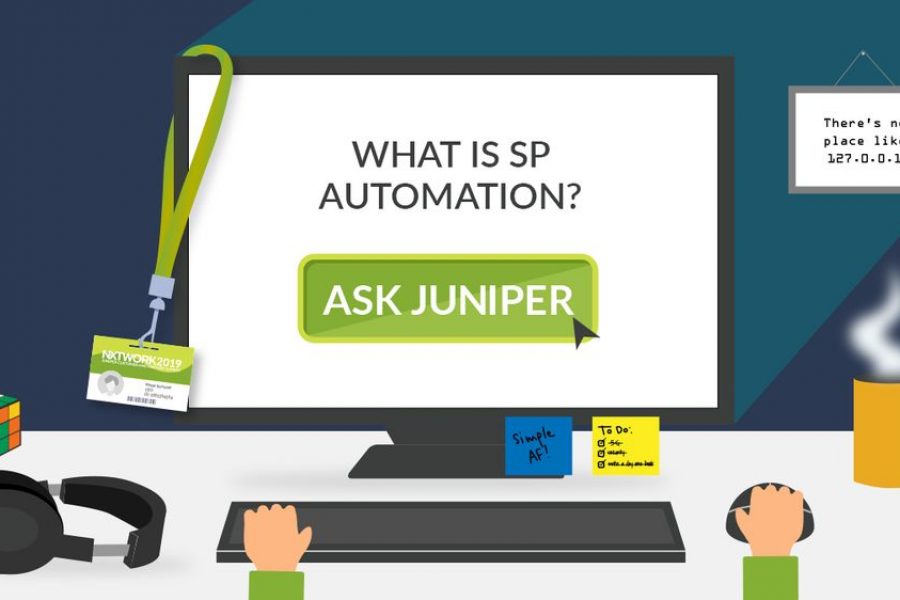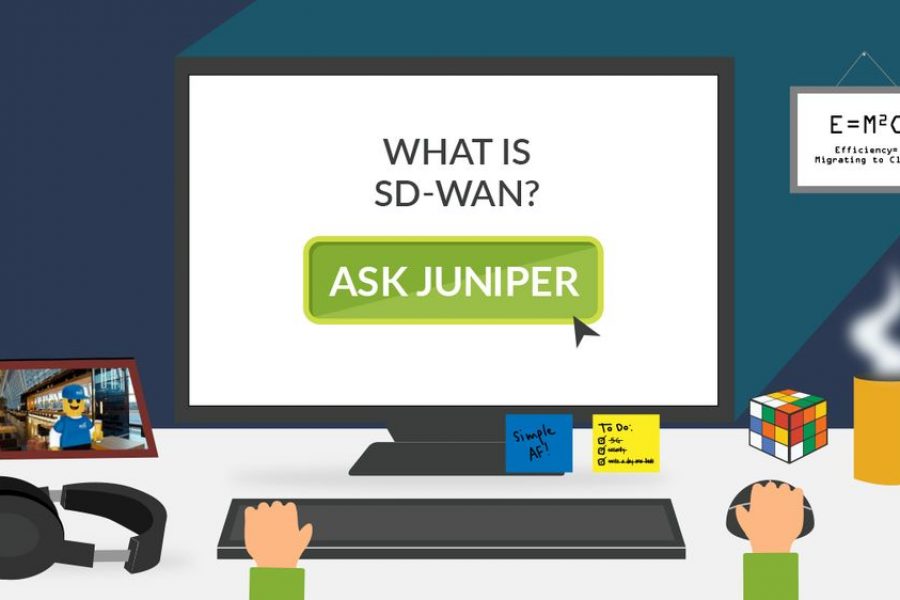
Timing is everything, especially when it comes to making important business decisions in the face of new challenges. One such challenge for service providers these days is latency — a small but mighty side effect of millions of devices simultaneously overloading a network, therefore sucking up bandwidth and impacting efficiency for higher revenue services. As connected devices boom in popularity and require more computing power, a vast amount of data is generated on the edge of network architecture. The Internet of Things (IoT) and 5G are huge catalysts that are forcing service providers to provision greater compute resources across the edge of a network, while also running proper lifecycle management for all applications in that environment. This is precisely when organizations need to leverage edge cloud computing.
Edge cloud technology essentially distributes simple computing capabilities throughout the entirety of a network, specifically moving it from the centralized location to distributed locations closer to the user. It’s designed to satiate the side effects of the new 5G and IoT era, empowering users with improved access to data and applications. Enabling an organization to deploy, manage, and monetize new low-latency services closer to its end users, edge cloud provides an important onramp to 5G. Refined edge-cloud solutions, such as Juniper’s Contrail Edge Cloud for example, can also be leveraged for integrated security and real-time data processing and analytics to help prioritize the security and reliability of a network.
As service providers work to address how edge cloud will drive 5G era revenue and move toward a distributed cloud architecture, implementing the right edge-cloud solution at the right time is crucial. If done well, service providers can combat massive demands on the network while still providing high-quality consumer and enterprise services.
Resources:
The Role of Edge Cloud in Securing the Internet of Things
Defining the Edge: An Essential Part of 5G Transformation
Powering IoT with Low Latency Networks
Defining the Edge – Solution Brief


